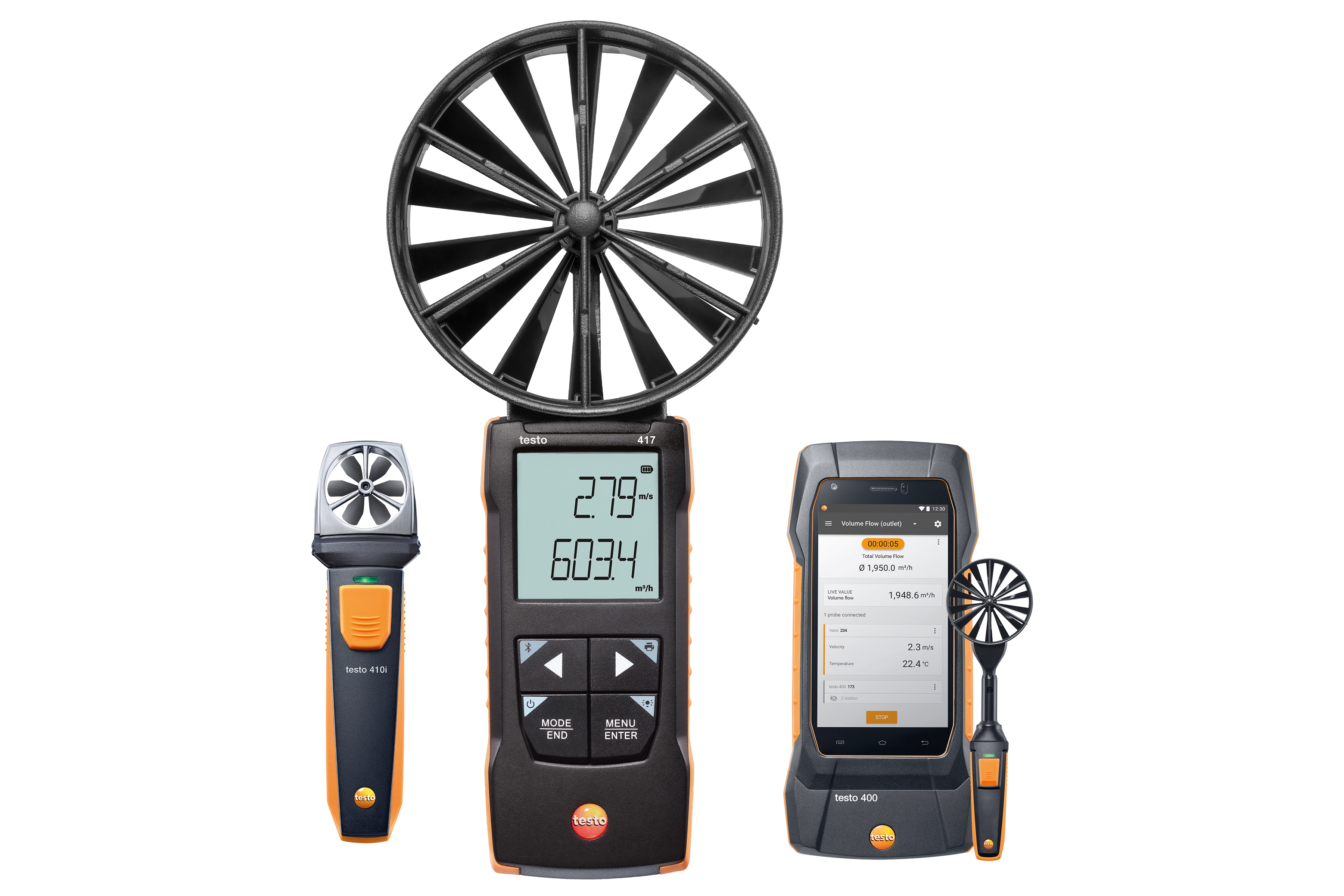How an Anemometer Can Enhance Your Weather Monitoring System
How an Anemometer Can Enhance Your Weather Monitoring System
Blog Article
All You Required to Know About Anemometers: Exactly How They Function, Why They Matter, and Where to Use Them
Anemometers, though often ignored in the world of scientific tools, play a vital duty in various fields, supplying valuable insights into wind rate and air movement patterns. As we delve right into the complexities of anemometer innovation, we will certainly uncover the inner workings of these tools, their importance, and the vital considerations when picking the ideal anemometer for certain applications.

Anemometer Essentials
A vital instrument made use of to determine wind speed and instructions, the anemometer plays an important role in weather forecasting and numerous markets. An anemometer typically consists of three or four mugs that revolve in the wind, a vane that points right into the wind, and sensing units to track the movements or rotations.
There are numerous kinds of anemometers offered, consisting of mug anemometers, vane anemometers, hot-wire anemometers, and sonic anemometers, each with its one-of-a-kind features and applications. Mug anemometers are commonly made use of for basic wind speed dimensions, while vane anemometers are favored for directional dimensions.
Principles of Anemometer Operation
Building on the fundamental understanding of anemometer basics, the principles of anemometer operation illuminate the technicians behind wind rate and direction dimensions. Anemometers operate the concept of air flow influencing a sensor, causing it to turn. Cup anemometers, for example, have three or more cups that capture the wind, triggering them to spin quicker as the wind speed boosts. The turning speed is then converted into a wind rate dimension. Vane anemometers, on the other hand, make use of a tail or a probe that straightens itself with the wind direction, providing a dimension of wind direction based on the positioning of the sensor. Hot-wire anemometers depend on a heated cord that cools off as wind overlooks it, with the price of cooling figuring out the wind rate. Ultrasonic anemometers procedure wind speed and direction by evaluating the time it considers ultrasonic signals to take a trip in between transducers. Comprehending these principles is vital for precise and reputable wind measurements in numerous applications.
Relevance of Anemometers
Anemometers play a crucial role in determining wind speed and direction, offering vital information for weather condition projecting, climate research studies, environmental tracking, and air travel operations. Meteorologists depend on anemometers to gather accurate wind data, assisting them comprehend weather condition patterns, anticipate storms, and issue prompt cautions to the public. Wind ranch operators utilize anemometers to evaluate wind conditions and make the most of power manufacturing from wind generators.
Applications Throughout Different Industries
Applications of anemometers cover across varied industries, showcasing their versatility and energy beyond weather forecasting. In the renewable resource field, anemometers play a critical function in assessing wind problems for wind farm positionings, guaranteeing optimum energy production. Industries like building and construction and mining use anemometers to keep track of wind rates, important for security over at this website methods, particularly when working at elevations or in open-pit mines where solid winds can present dangers. Anemometers are also integral in the aeronautics sector, assisting pilots in recognizing airspeed and wind direction for risk-free take-offs and touchdowns. The maritime sector benefits from anemometers for ship navigation, assisting sailors expect climate changes and change courses accordingly. In agriculture, anemometers help farmers in taking care of crop spraying by supplying real-time information on wind speed to prevent drift. In addition, anemometers find applications in a/c systems to optimize airflow and improve power performance in buildings. The varied usage instances of anemometers emphasize their importance across various markets, highlighting their crucial role in enhancing operational safety and effectiveness (anemometer).

Selecting the Right Anemometer for Your Demands
For basic functions, a cup anemometer is appropriate for measuring wind speed, while a vane anemometer offers wind direction information. Hot-wire anemometers are ideal for reduced airspeed dimensions, and ultrasonic anemometers use high accuracy and toughness.

Verdict
In final thought, anemometers play an important duty in measuring wind speed and instructions throughout various industries. It is crucial to think about the relevance of anemometers in order to make enlightened decisions when choosing the most appropriate tool for gauging wind conditions.
There are various types of anemometers readily available, consisting of cup anemometers, vane anemometers, hot-wire anemometers, and sonic anemometers, each with its distinct functions and applications. Mug anemometers are generally used for official statement fundamental wind rate dimensions, while vane anemometers are preferred for directional measurements. Hot-wire anemometers are appropriate for reduced airspeeds, and sonic anemometers are perfect for high-precision measurements in research study and commercial settings.Building on the fundamental understanding of anemometer basics, the principles of anemometer procedure illuminate the technicians behind wind rate and direction dimensions. For general objectives, a cup anemometer is suitable for measuring wind speed, while a vane anemometer supplies wind instructions data.
Report this page